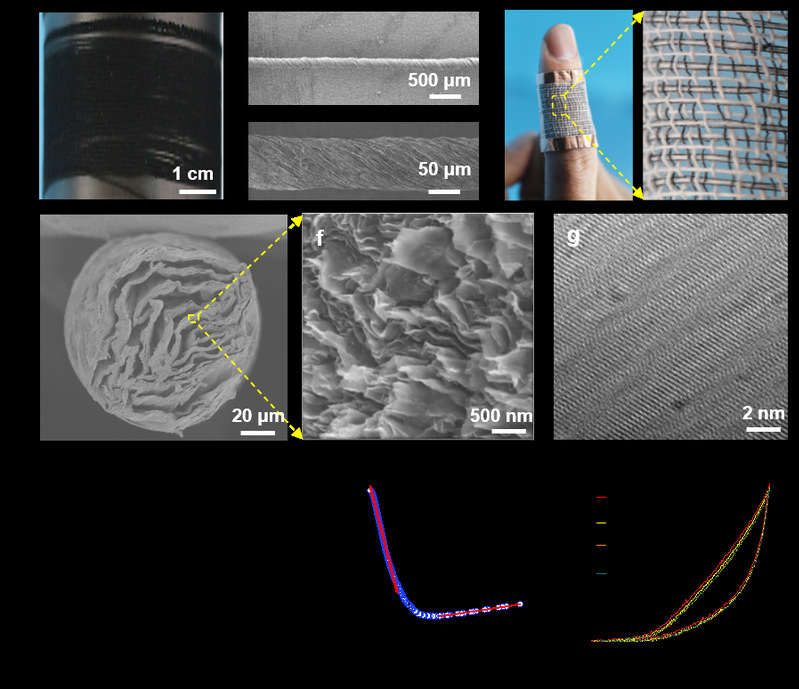Two-Way Mid-Infrared Communication System Based on Graphene Fiber
Time: 2020-12-14 visit times :58
Recently, Nature Communications reported a graphene fiber-based two-way mid-infrared communication system, completed by Chao Gao, Zhen Xu team from Zhejiang University and Xu Yang team from ZJU-Hangzhou Global Scientific and Technological Innovation Center. This work researched the luminescence and detection performance of macroscopic graphene fibers in the mid-infrared region, and based on this, constructed the first fiber-based two-way mid-infrared communication system. This study demonstrates the potential of graphene macroscopic materials for mid-infrared optoelectronic device communication.
Graphene is atomically thick and has extremely high electron mobility. It can emit medium infrared light through carrier coupling or gray body radiation. It can also be designed to exhibit photoelectric responsiveness over a wide spectrum. However, conventional graphene has poor photon-absorption capacity and is difficult to be made into mid-infrared devices. In this work, graphene was assembled into weakly coupled macroscopic materials, which solved the problems of low absorption rate and low emissivity of graphene, and realized a high-performance bidirectional mid-infrared communication system.

Figure 1. Structure and basic properties of flexible graphene fibers.
In this study, graphene oxide film was used as raw material, and continuous flexible graphene fibers were prepared by twisting technology and post-processing. Different from previously reported uniaxial oriented graphene fibers, this fiber has two major changes in structure and properties: the helical configuration of the surface causes the fiber to exhibit tensile behavior with an elongation of more than 15%, and maintains stable mechanical and electrical properties during multiple cyclic tensile tests.

Figure 2. Characterization of mid-infrared emission properties of graphene fibers.
(a) The graphene fibers are suspended and fixed between the metal electrodes, and the variable frequency bias voltage is input to make them emit medium infrared light; (b) At different temperatures, the emission spectra of graphene fibers are consistent with the theoretical gray body radiation curve; (c) The emission frequency can reach 10 MHz.
Zhe Da Road 38, Hangzhou 310027, China
Tel : 86-571-87951308
Fax : 86-571-87951592
Email : ciciliu33@zju.edu.cn